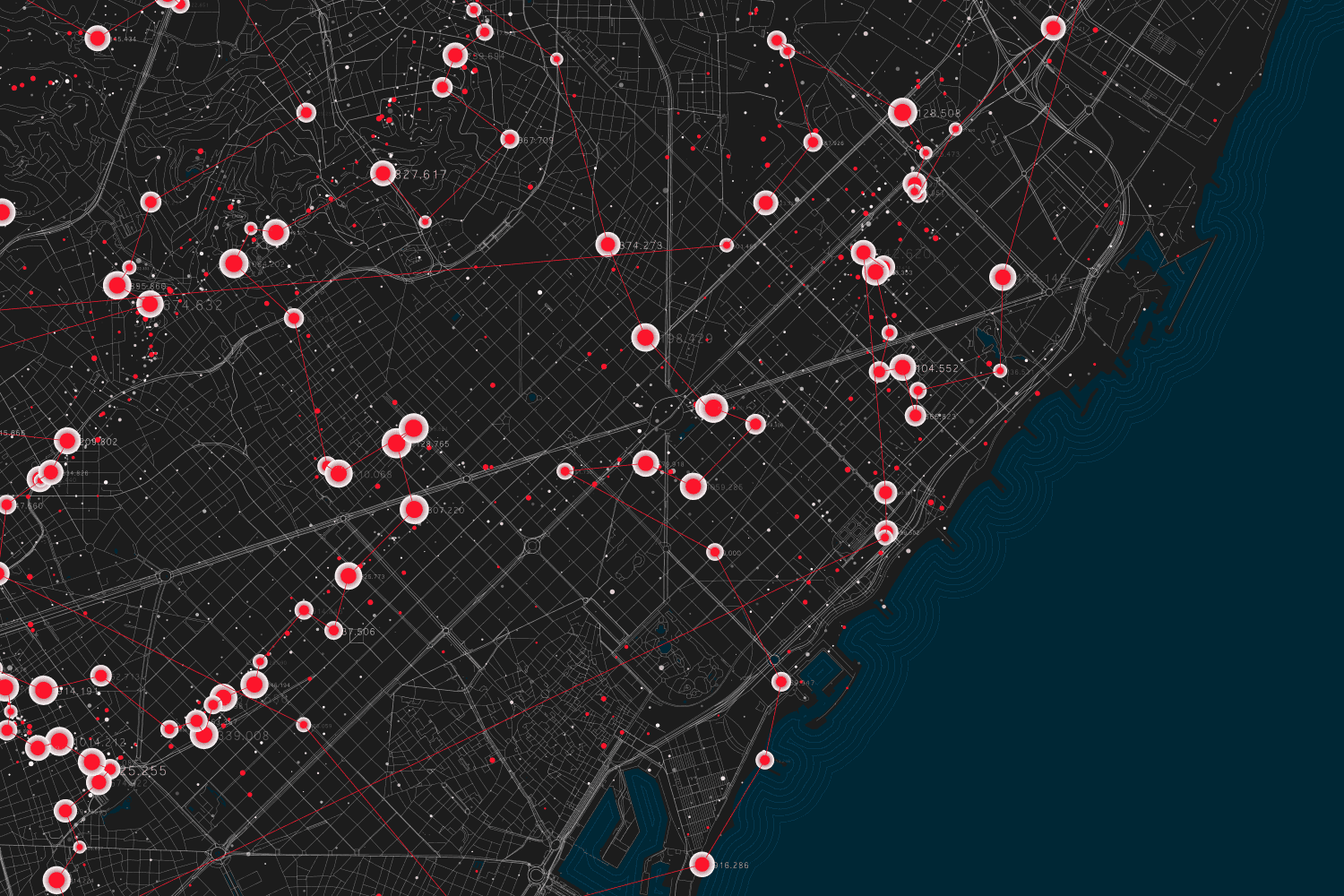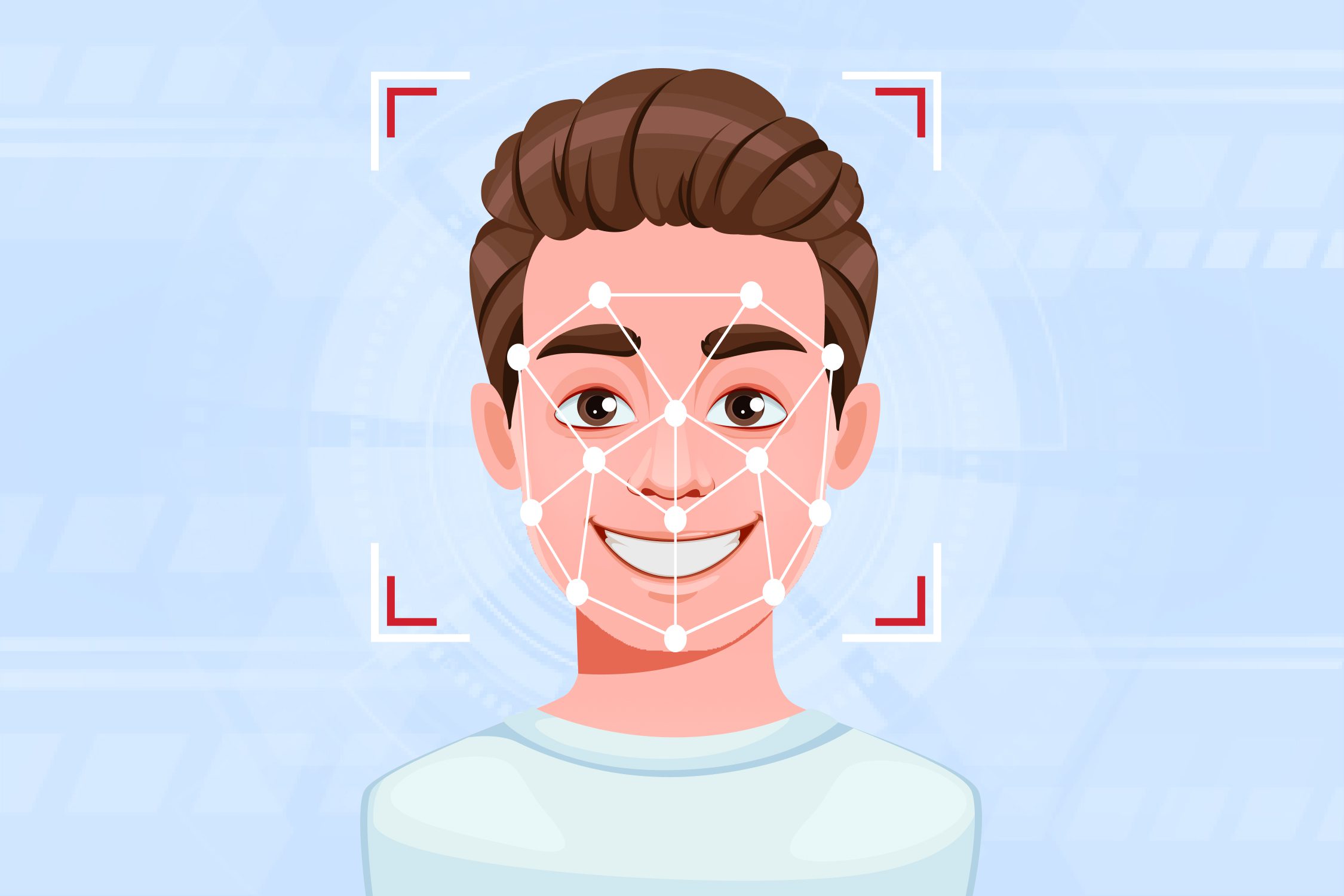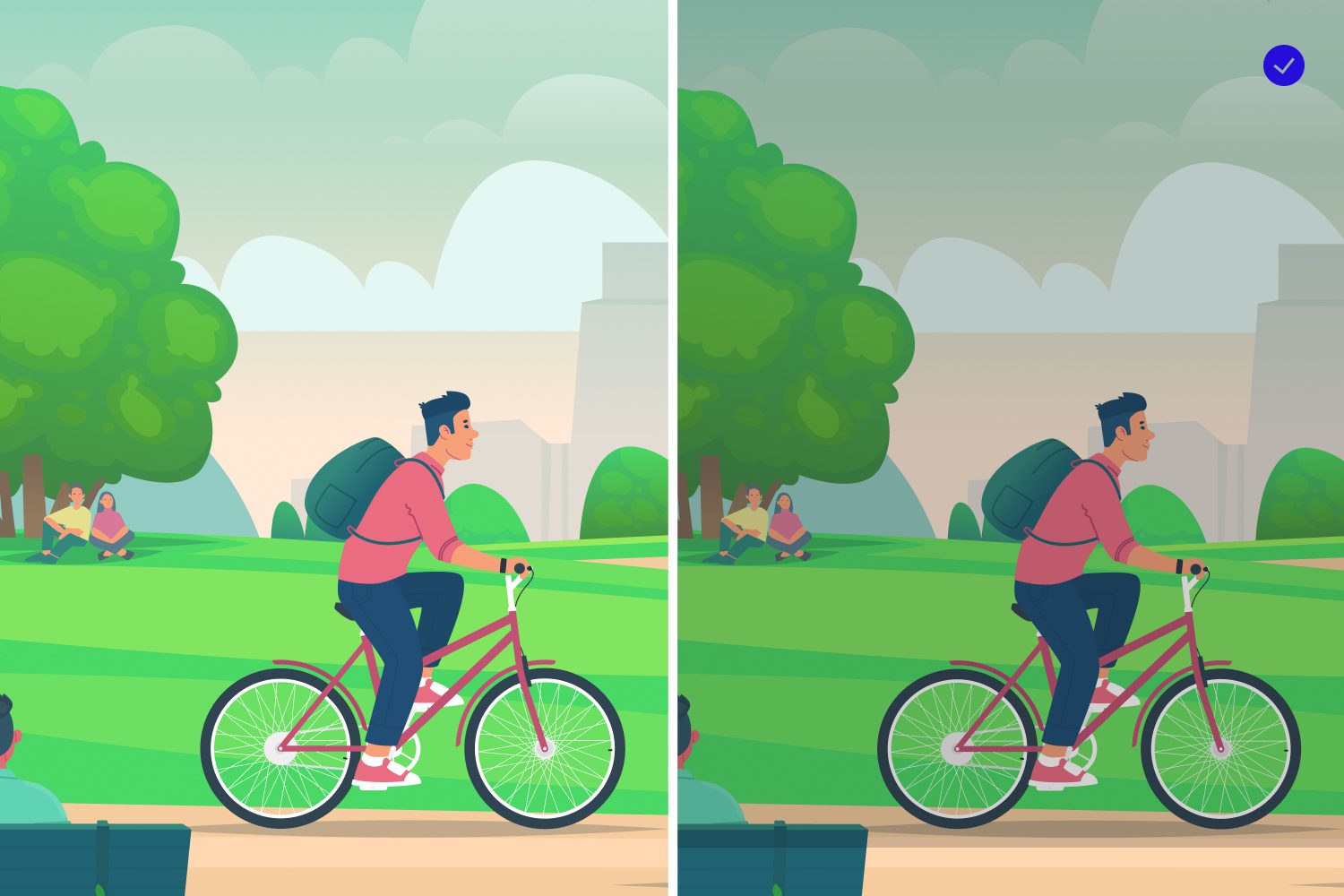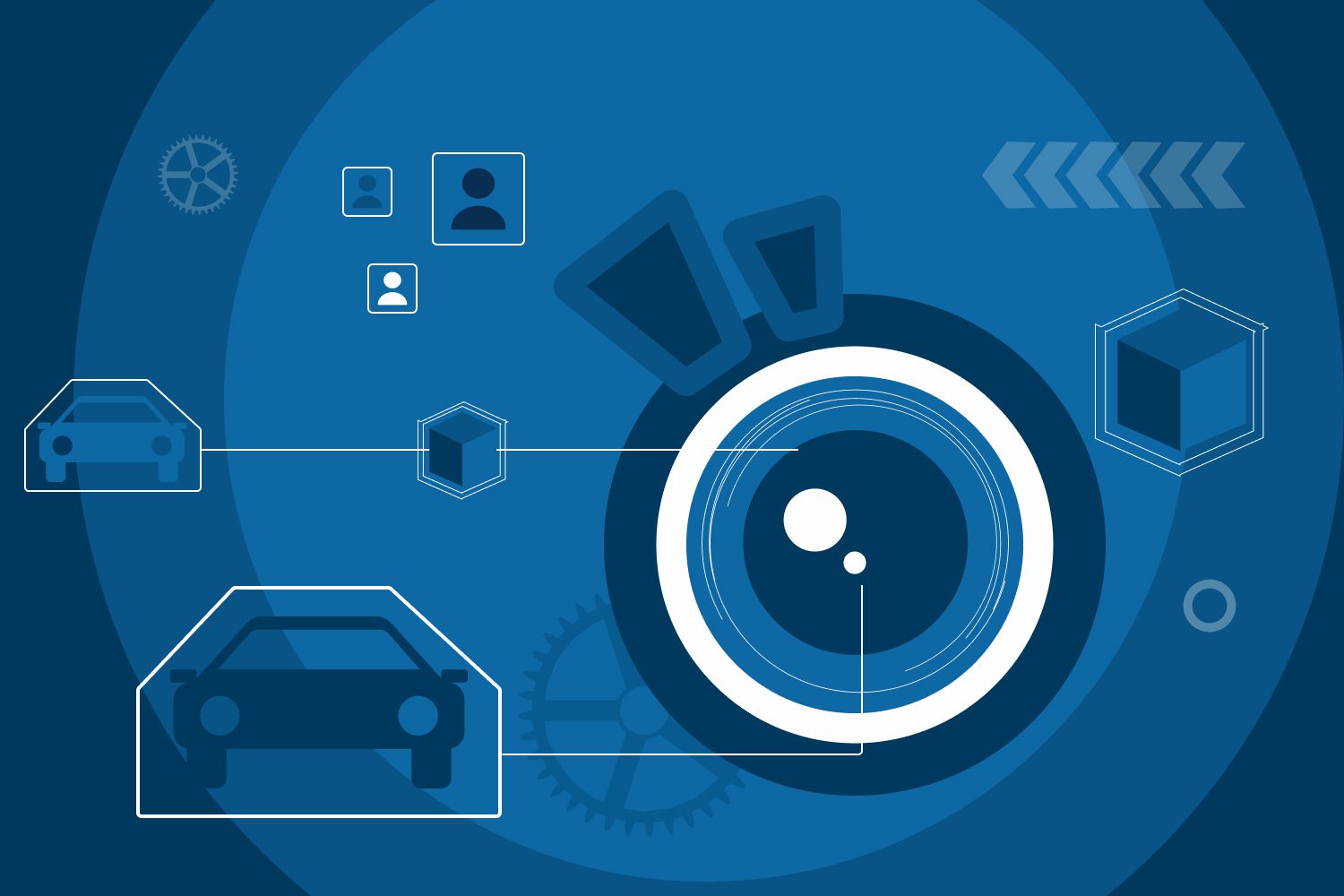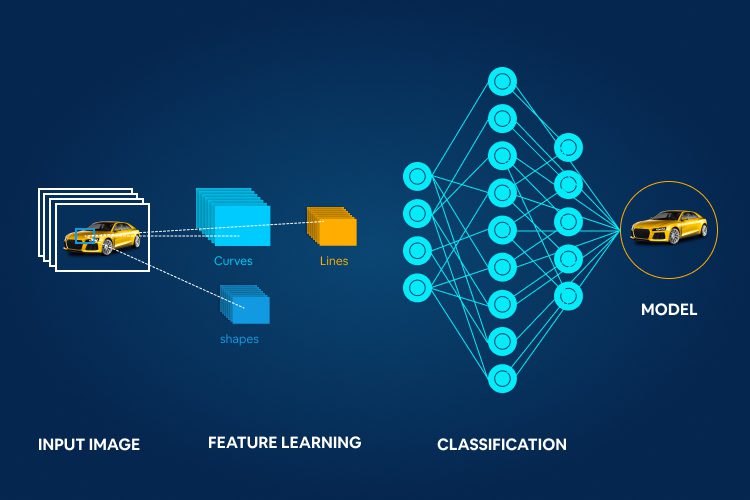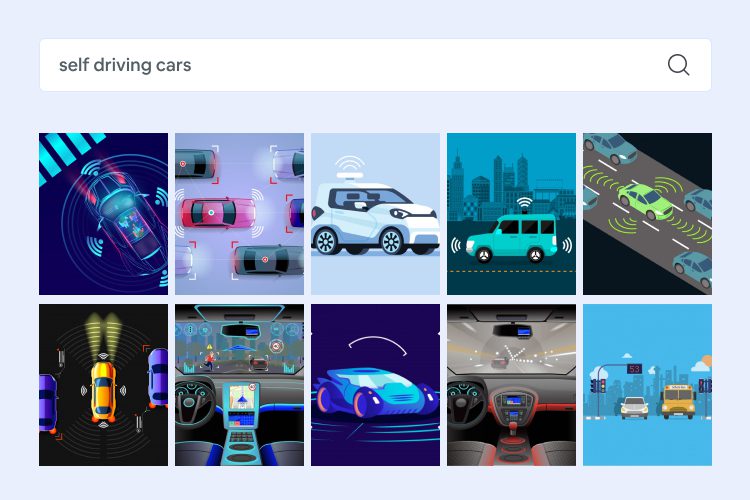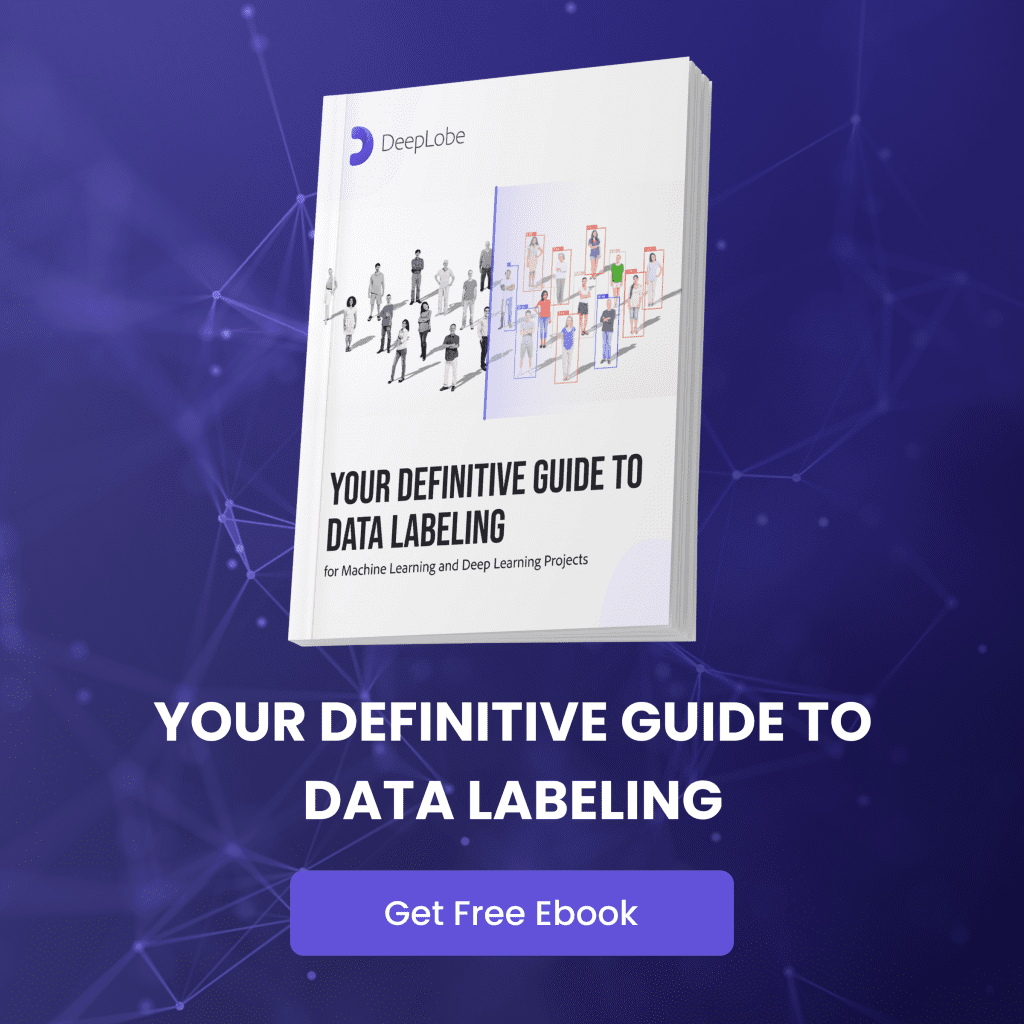GeospatialAI or GeoAI is an evolving field aiming to help organize, process, and analyze spatial big data with spatial science and AI methods like machine learning, deep learning, data mining, and high-performance computing. The increased availability of geospatial data, advancements in AI, and the availability of massive computing power have resulted in the mounting relevance …
Read moreThe term “synthetic data” is used in computer vision to describe images that are generated by algorithms instead of being captured by a camera. These images are usually generated for training artificial intelligence (AI) models. The use of synthetic data has several advantages over real data. First, it is easier to get a large amount …
Read moreFace recognition technology is becoming more prevalent by opening up new opportunities for businesses and enterprises in terms of biometrics. It is by far the most advanced and relevant AI technology that can perform a wide range of tasks. Although the concept of face recognition was already invented during the 1960s, its technological breakthrough occurred …
Read moreImage similarity is becoming popular in recent times. The ability of an image similarity model to find identical images with the utmost accuracy in defined data sets is helping in many ways. Finding plagiarized photos, identifying fake accounts, discovering original images of people, products, and places are a few of the image similarity real-world applications. …
Read moreComputer vision is gradually becoming one of the most prominent fields in the world of data science. We are constantly leveraging this technology in our daily lives – be it the photo search feature on google lens or face unlocking feature on smartphones or photo tagging through auto search, etc. Deep learning allows machines and …
Read moreDeep convolutional neural network (CNN) based image classification plays an essential role in seamlessly performing most of the challenges from disease diagnosis to predicting consumerism behavior. Using Deep CNN reduces the time and effort required to spend on extracting and selecting classification features manually. In recent times, deep CNN has been applied to image classification …
Read moreText-based image retrieval (TBIR) systems use language in the form of strings or concepts to search relevant images. Computer Vision and Deep Learning algorithms analyze the content in the query image and return results based on the best-matched content. With the rapid advancement in Computer Vision and Natural Language Processing(NLP), understanding the semantics of text …
Read moreImage Segmentation is considered a vital task in Computer Vision – along with Object Detection – as it involves understanding what is given in the image at a pixel level. It provides a comprehensive description that includes the information of the object, category, position, and shape of the given image. There are various algorithms for …
Read moreThe increasing demand to channelize customers’ emotions along with their positive and negative reactions for optimizing operations and increasing revenues. Analyzing these reactions and extracting intelligence from them will help brands gauge the ROI of their PR and marketing efforts. And this era of the internet is making it far much easier to collect opinions …
Read more